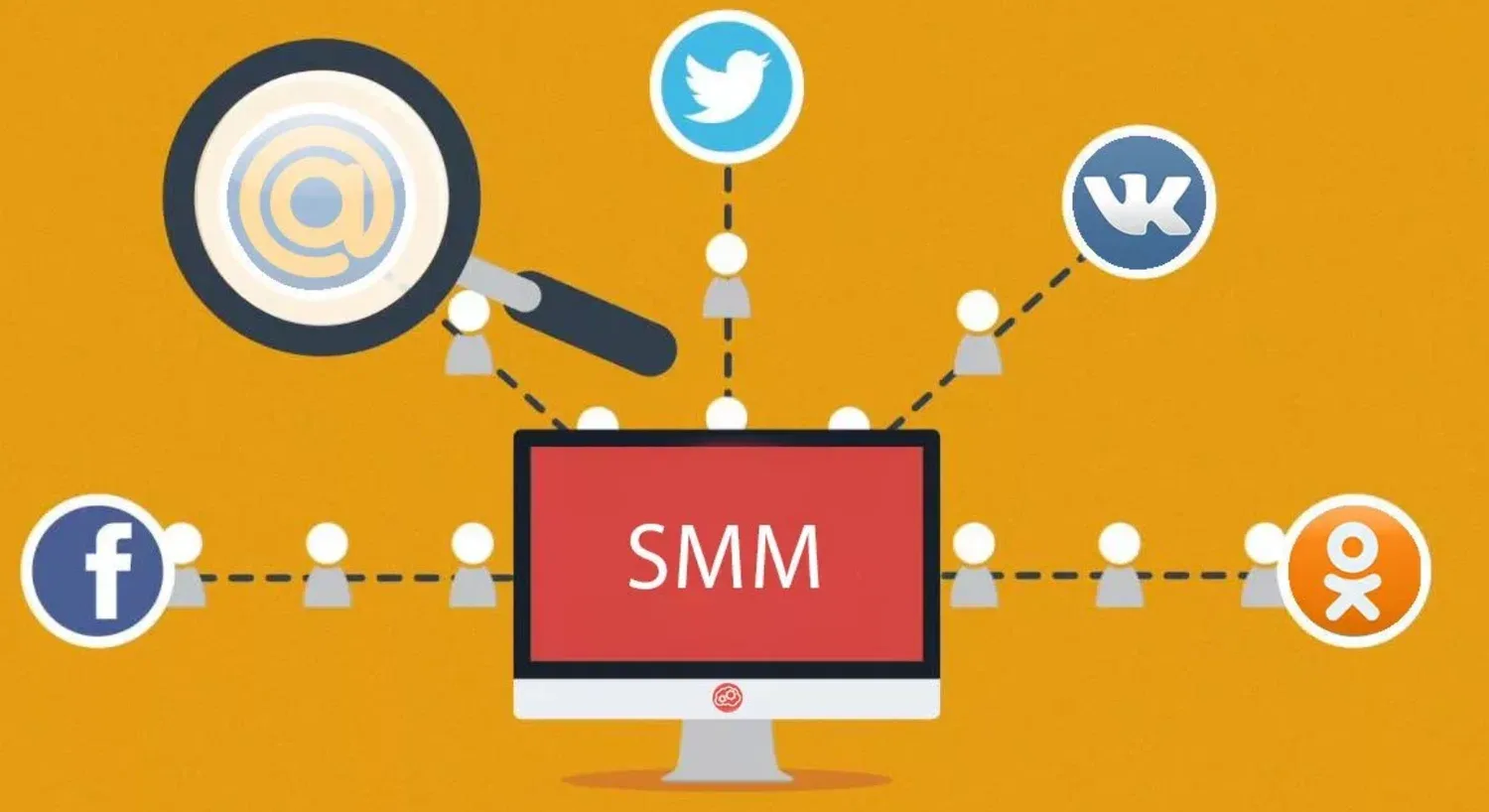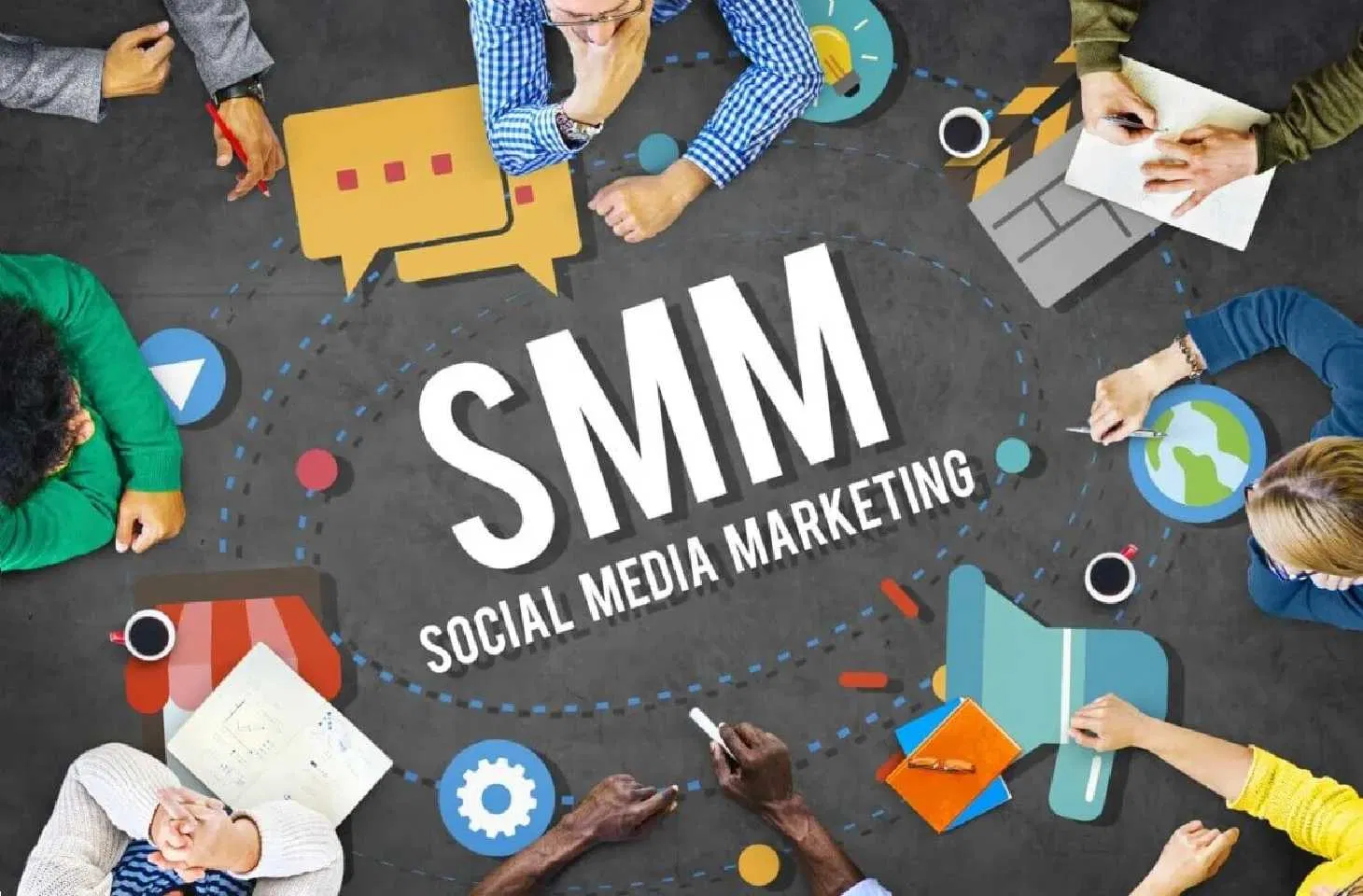The Magnetic Pull of Visuals in the Digital Age 📸
In today's hyper-connected world, where information flows ceaselessly and attention spans are fleeting, the ability to capture and retain an audience's gaze has become paramount. Users scroll through endless feeds, bombarded by a deluge of text, images, and videos. This digital landscape has created a unique challenge: how to stand out amidst the noise? Early research into human perception consistently highlighted the brain's remarkable capacity for visual processing, demonstrating that images are processed significantly faster than text. This fundamental understanding laid the groundwork for appreciating the immense power of visual communication.
Historically, captivating visuals have always played a critical role in conveying messages, from ancient cave paintings to intricate illuminated manuscripts. However, the advent of digital platforms has amplified their importance exponentially. What once might have been a deliberate act of seeking information has transformed into a passive consumption of content, where the first impression is often the only impression. Companies and creators are constantly seeking methods to halt the relentless scroll, to create that instantaneous connection that compels a user to pause and engage further. This pursuit has elevated the strategic deployment of visuals to an art form.
The sheer volume of content available means that a user's decision to stop scrolling is often made in milliseconds. This instantaneous judgment is almost entirely based on visual cues. The quality, relevance, and emotional impact of an image or video are critical determinants of whether it will succeed in breaking through the digital clutter. Understanding the psychological triggers that make a visual 'scroll-stopping' is no longer a niche concern but a core competency for anyone aiming to communicate effectively online. It's about more than just aesthetics; it's about strategic visual storytelling that resonates.
Prior studies have delved deep into the neurobiology of attention, revealing how novel stimuli, vibrant colors, and recognizable patterns can activate specific brain regions associated with curiosity and engagement. These insights have guided the development of visual marketing strategies, moving beyond simple imagery to sophisticated visual narratives. The goal is to not only attract the eye but to also evoke an emotional response or spark intellectual curiosity, transforming a fleeting glance into a meaningful interaction. This foundational knowledge is essential for crafting visuals that truly connect with an audience in a crowded digital space.
-
Visual Primacy: Research consistently shows that humans process visual information approximately 60,000 times faster than text, making imagery the most effective initial hook for capturing immediate attention in fast-paced digital environments.
-
Novelty Effect: Unexpected or unique visual elements trigger greater cognitive engagement and memory retention. Content that deviates from common patterns is more likely to interrupt the habitual scrolling behavior of users.
-
Emotional Resonance: Visuals capable of eliciting strong emotions—joy, surprise, empathy—are significantly more likely to be shared and remembered, fostering deeper connections and prolonged audience interaction.
The effectiveness of a scroll-stopping visual lies not just in its aesthetic appeal but in its ability to communicate a message instantly and powerfully. Generic stock photos, while convenient, often fail to create this impact because they lack authenticity and originality. Audiences today are highly attuned to genuine content, making bespoke, high-quality imagery a non-negotiable asset. The visual must feel organic and relevant to the accompanying message, forming a cohesive narrative that resonates with the viewer's expectations and interests. Anything less risks being overlooked.
A key aspect of successful visual engagement is understanding the psychological underpinnings of human attention. Our brains are wired to detect patterns, recognize faces, and respond to certain color palettes. Leveraging these innate cognitive biases can dramatically increase a visual's effectiveness. For instance, images featuring human faces tend to draw more attention, especially when they convey authentic emotions. Furthermore, visual complexity must be balanced; too much clutter can overwhelm, while too little can appear uninteresting. The optimal visual strikes a balance, offering just enough intrigue to warrant a pause.
One common pitfall is the failure to adapt visuals to specific platform requirements and audience demographics. A visual that performs exceptionally well on a platform like Instagram, with its strong emphasis on aesthetics, might fall flat on LinkedIn, where professionalism and informational value are prioritized. Invictalogicdz understands the nuances of various digital ecosystems, emphasizing that a one-size-fits-all approach to visual content is rarely effective. Tailoring visuals to the context of consumption is crucial for maximizing their scroll-stopping potential and ensuring they resonate with the intended audience.
The debate often arises between purely artistic visuals and those designed for conversion or specific action. While beauty is important, the ultimate goal of scroll-stopping visuals in a commercial context is often to drive further engagement, whether it's a click, a share, or a deeper exploration of content. This means visuals must not only be appealing but also strategically aligned with business objectives. They should guide the viewer's eye, highlight key information, and subtly encourage the desired next step, blending artistry with clear purpose.
The landscape of visual trends is constantly evolving, driven by technological advancements and shifting cultural preferences. What was once novel can quickly become commonplace, losing its ability to capture attention. Therefore, continuous monitoring of emerging visual styles, interactive formats, and user engagement metrics is essential. Invictalogicdz encourages a dynamic approach to visual strategy, advocating for regular experimentation and analysis to keep content fresh, relevant, and consistently compelling. Staying ahead of these trends ensures sustained audience interest and engagement.
Ultimately, the art of creating scroll-stopping visuals is a blend of creativity, psychology, and data-driven insights. It requires a deep understanding of who the audience is, what captivates them, and how digital platforms function. By focusing on authenticity, relevance, and emotional impact, creators can craft visuals that not only grab attention but also foster meaningful connections, transforming passive viewers into active participants. This strategic approach to visual content is fundamental for success in the competitive digital realm, enhancing brand presence and communication effectiveness.
-
Enhanced Brand Storytelling: Utilize compelling visuals to build a strong, memorable brand narrative that differentiates your offerings and fosters a deeper emotional connection with your target audience.
-
Optimized Platform Engagement: Develop tailored visual content strategies for each digital platform, ensuring maximum impact and relevance, thereby increasing user interaction and content visibility for Invictalogicdz.
-
Data-Driven Visual Strategy: Implement analytics to continuously refine visual choices, understanding which types of imagery resonate most effectively with your audience and drive desired outcomes.





Gaurav Joshi
This article really highlights the challenge of getting noticed online. I appreciate the emphasis on authenticity; it's something I've found crucial in my own work. Generic visuals just don't cut it anymore.
Tanisha Rajput
You're absolutely right! Authenticity is key. It's about creating a genuine connection, not just flashing something pretty. The piece also made me think more about how different platforms require different visual approaches.
Sukhdev Gadhavi
Good overview of why visuals are important. The points about novelty and emotional resonance are particularly insightful. I would have liked to see a bit more on specific tools or techniques, but overall, it's a solid foundation.